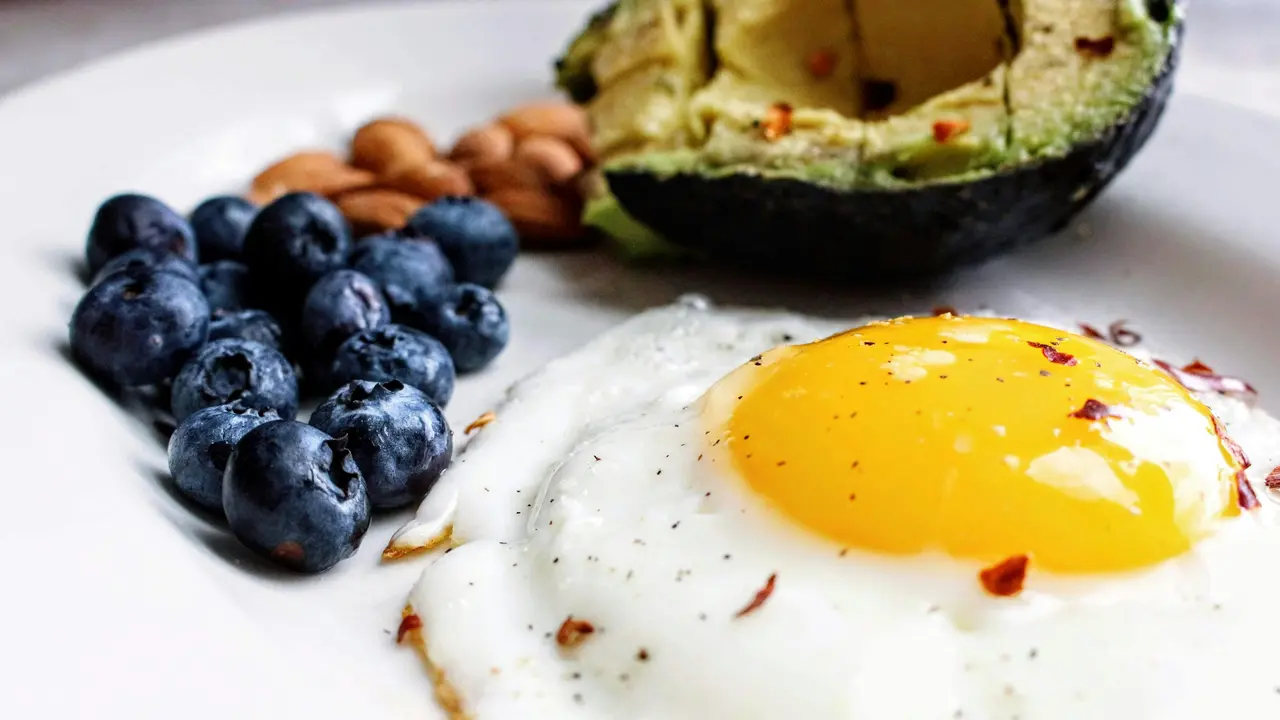Are you curious about how much protein in a lb of chicken? Look no further! This article will delve into the protein content in chicken, a staple for many health-conscious eaters and fitness enthusiasts. We’ll explore various aspects such as nutritional benefits, different cuts of chicken, and cooking methods that can impact protein intake. Let’s get started on this protein-packed journey!
Understanding Protein Content in Chicken
How Much Protein is in a Pound of Chicken Breast?
Chicken breast is one of the most popular cuts due to its lean nature. When it comes to protein content, one pound of cooked chicken breast contains approximately 100 grams of protein. This makes it an excellent choice for those looking to increase their protein intake without adding unnecessary fats.
Protein in Other Cuts of Chicken
While chicken breast is known for its high protein content, other parts of the chicken also offer significant amounts. Here’s a quick overview:
- Chicken Thighs: About 75 grams of protein per pound when cooked.
- Chicken Wings: Contains roughly 60 grams of protein per pound.
- Whole Chicken: Approximately 80 grams of protein per pound, depending on the cooking method.
The Nutritional Benefits of Chicken Protein
Importance of Protein in Your Diet
Understanding how much protein in a lb of chicken can help you appreciate its role in a balanced diet. Protein is essential for:
- Building and repairing tissues
- Producing enzymes and hormones
- Maintaining muscle mass, especially when exercising
- Supporting immune function
Chicken as a Source of Lean Protein
Choosing chicken, particularly lean cuts, can be beneficial for those looking to maintain or lose weight. Lean chicken provides high protein content without excessive calories or fat, making it a favored option for many diet plans.
Cooking Methods and Their Effect on Protein Content
Grilling and Baking
Cooking methods can slightly influence the protein content in chicken. Grilling and baking preserve most of the protein, with little to no loss, providing the same high protein benefits you expect when asking how much protein in a lb of chicken.
Frying and Boiling
While frying can add calories and fats, boiling tends to maintain protein content. However, boiling may lead to some nutrient loss in terms of vitamins and minerals.
How to Incorporate Chicken into Your Diet
Easy Protein-Packed Chicken Recipes
Here are some simple ways to incorporate chicken into your meals:
- Grilled Chicken Salad: Mix grilled chicken breast with a variety of vegetables for a protein-rich meal.
- Stir-Fry: Toss chicken pieces with your favorite veggies and sauces for a quick dish.
- Chicken Soup: A comforting way to enjoy protein, especially during colder months.
Meal Prep Ideas
Meal prepping can be an effective strategy for getting enough chicken protein throughout the week. Consider cooking a batch of chicken at the start of the week and portioning it out for easy access during busy days.
Potential Concerns Regarding Chicken Consumption
Understanding Antibiotics and Hormones
When considering how much protein in a lb of chicken you want to consume, it’s also crucial to think about the source. Many chickens are raised with antibiotics and hormones, which may raise health concerns for some consumers. Opting for organic or antibiotic-free chicken can alleviate these worries.
Fat Content and Skin
The skin of the chicken can add a significant amount of fat. Choosing skinless cuts can help you focus more on protein intake without the extra calories from fat.
Conclusion
In summary, chicken is an excellent source of protein, with approximately 100 grams of protein in a lb of chicken breast and varying amounts in other cuts. Understanding how much protein is present and the best ways to cook and consume chicken can play a crucial role in achieving your dietary goals. We encourage you to explore different chicken recipes and meal prep strategies to maximize your protein intake. If you found this article helpful, be sure to share it and check out our other posts on nutritious eating!
Protein – Recent Articles
- How Much Protein is in 4 Chicken Tenders? Discover the Truth!
- Does French Fries Have Protein? The Surprising Truth Revealed!
- Does Pork Belly Have Protein? Discover the Truth Inside!
- Discover A Qué Te Ayuda La Proteína: 5 Surprising Benefits!
- Can You Heat Up a Protein Shake? Discover the Surprising Truth!
Protein – Useful Links
- Harvard T.H. Chan — The Nutrition Source: Protein
- Nutrition.gov — Proteins
- USDA FoodData Central
- Protein Information Resource (PIR / UniProt related resource)
- HelpGuide — Choosing Healthy Protein
